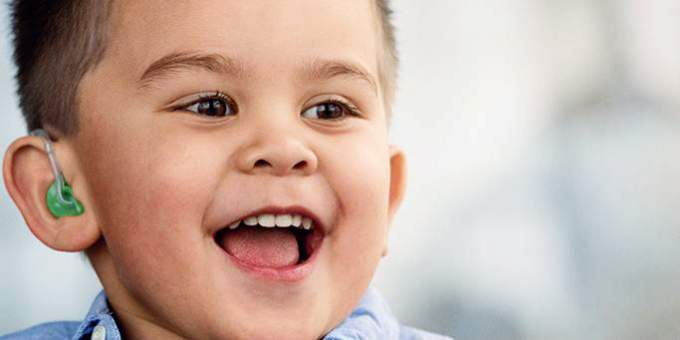Babies and small children are most vulnerable to hearing loss due to their small ear canals

Babies and Small Children Are Most Vulnerable to Hearing Loss

Hearing loss is a condition that affects millions of people worldwide, and it can occur at any age. However, babies and small children are particularly vulnerable to experiencing this issue due to the size of their ear canals. Understanding the factors that contribute to hearing loss in this age group is essential for early identification and treatment.
The anatomy of a baby’s ear differs from that of an adult. Their ear canals are narrower and shorter, making them more susceptible to acquiring hearing difficulties. The delicate structures within their ears, including the bones and nerves responsible for transmitting sound signals to the brain, are still developing. Any disruption or damage to these structures during this critical period can have long-term consequences on a child’s ability to hear.
Several factors contribute to hearing loss in babies and small children. One primary cause is genetics. Some children may be born with genetic mutations that affect the development and functionality of their auditory system. These genetic conditions can lead to various degrees of hearing loss, ranging from mild to profound.
Another common cause of hearing loss in this age group is exposure to loud noises. Infants and young children are particularly sensitive to high decibel sounds, which can potentially damage their delicate ears. Prolonged exposure to loud noises, such as loud music, fireworks, or machinery, can result in permanent hearing loss. It is crucial for parents and caregivers to protect children’s ears from excessive noise by using ear protectors or keeping them away from loud environments.
Certain health conditions and infections can also pose a risk to a child’s hearing. Ear infections, for instance, are prevalent in infants and can cause temporary hearing loss if left untreated. Chronic ear infections can lead to a buildup of fluid in the middle ear, resulting in recurrent and prolonged hearing difficulties.

Early detection of hearing loss in babies and small children is crucial for immediate intervention and support. Parents and caregivers should be attentive to signs that may indicate hearing problems in their children. These signs include delayed speech and language development, difficulty following instructions, not responding to sounds or voices, and turning up the volume excessively on electronic devices.
If any of these signs are present, it is essential to consult a healthcare professional who specializes in pediatric audiology. They can conduct comprehensive hearing tests to assess the child’s auditory function accurately. Timely intervention can significantly improve a child’s development, communication skills, and overall quality of life.
In conclusion, babies and small children are most vulnerable to hearing loss due to their small ear canals. Genetic factors, exposure to loud noises, and certain health conditions can contribute to hearing difficulties in this age group. Parents and caregivers play a vital role in early identification and seeking appropriate medical assistance. By being aware of the signs and taking proactive measures, we can ensure a healthier, hearing-enabled future for our little ones.
Source: KFL&A Public Health - Early Signs of Hearing Loss
Tags
Share
Related Posts
Quick Links
Legal Stuff

